Don't miss out on the best jobs!
Subscribe to HelpGoAbroad and weekly we will sent you an email with latest job posts. Provide your email address below
Korea has become a haven for bicyclists. As part of a major water restoration project, the South Korean government created bike paths following four of the nation’s largest rivers. Now with thousands of kilometers of riverside trails, more people are encouraged to discover the Republic of Korea by bike.
HAN AND NAKDONG RIVER BIKE PATHS: Seoul to Busan
The trip from Seoul to Busan takes about five days. Doing the trail in three or four is possible, but why not take your time and soak up some sun and scenery as you are cycling?
The total distance from Incheon to Busan is approximately 600 kilometers. However, depending on your situation, it might be easier to start the Han River Bike Path at Paldang Station, just outside of Seoul. On the way to Chungju Dam, you will enjoy going through old railway tunnels converted into cycling passageways.
The Seajae Bike Road connects the Han River trail to the Nakdong River Bike Path by zigzagging through demanding mountainous landscape. Steep inclines and swerving declines must be endured for the breathtaking views waiting to reward you.
GEUM RIVER BIKE PATH: Pedal Through History
Biking a total of 150 kilometers over beautiful, mostly flat terrain will give you a chance to experience historic sites like the Gongsanseong Mountain Fortress in Gongju, and the entire county of Buyeo.
The official start is at the Geumgang Estuary Bank north of Daejeon, and it ends at Daecheong Dam between Gunsan and Seocheon. You can connect to the Geum River Bike Path at various points from other bike trails as well.
YEONGSAN RIVER BIKE PATH: Bamboo Gardens and Green Tea Fields
It is easiest to join the Yeongsan River Bike Path from Gwangju, about halfway between Damyang and Mokpo. The infamous green tea fields of Boseong are nearby, and bamboo forests in Damyang are reachable by bike.
Located right off the Yeongsangang bicycle route is Juknokwon, one of several bamboo gardens in Damyang. Take a break from biking by walking along its bamboo-covered paths.
The Yeongsangang path begins at Damyang Dam, and officially ends at the Yeongsangang Estuary Bank in Mokpo. The total route is around 140 kilometers. The ride between Gwangju and Mokpo is about 110 kilometers of relaxed cycling.
Once making it to Mokpo, for an added adventure, do a little island exploration. There are hundreds in the area. Consider biking around Hueksan-do, the larger, more popular island. You should not have a problem getting your bike on the ferry.
WHERE TO STAY WHILE BIKING ACROSS KOREA
There are designated campsites on most riverside trails in Korea. Some paths seem to have more than others. Campsites are often wooden, deck-like structures raised off the ground. They are free, and restroom facilities are usually available. If you really want a shower and bed; however, look for cheap motels in close cities.
WHAT TO PACK FOR A BIKE TRIP IN KOREA
If you do not have proper biking clothing, swimming attire works really well. If it rains, you will be ready. You are going to sweat. Water apparel dries quickly, and is easy to wash.
Having a stash of nonperishable food items in case of an emergency is reassuring. Do not forget sunscreen. The sun is intense during the summer in South Korea. Protective eyewear is also necessary.
Ensure you have a helmet, extra tire tube, an air pump (you can find stationary ones along the trails), and lubrication for your chain and gears. If you rent a bike, these items might be available from the shop.
Packing toiletry items is a good idea. Secure a tent and sleeping bag to your bike if you plan to camp. Extra clothes can be used if you do not have a travel pillow.
Remember to have some form of identification, as well as a small amount of cash and/or debit card. A phone is definitely recommended. Bring a map at least.
CERTIFICATION CENTERS AND PASSPORTS
Cycling passports can be purchased at almost any official Certification Center on a trail for a 3,000 won (about $3 USD). Upon completion of official trails, you can get a certificate if you stamp your passport as you go.
Official signs beside bike paths lead you to Certification Centers. Look for bright-red phone booths. Inside booths you will find a stamp and inkpad. Each stamp reflects local characteristics. Biking passports make great souvenirs.
SURVIVAL TIPS FOR BIKING IN KOREA
Korea’s riverside bike paths are well marked, but opportunities to get lost still exist. Simply figure out where the river is in relation to your whereabouts.
Roads often double as parts of trails where it is unnecessary to have a separate path. Be careful.
Be sure to have enough water to last for a very long time. Turns out convenience stores are not on every corner of Korea.
Intercity or express bus companies will allow you to put your bicycle in the underneath storage compartment. And as long as you have a bike bag, you should be able to get your bike on a train.
WHY CYCLE AROUND SOUTH KOREA?
Have a picnic in the middle of a rice paddy, and drink some makgeolli with fellow cyclists along the trail as you sip in the countryside and culture of Korea. Rural South Korea is a side of Korea you will not get to appreciate by staying in Seoul. Biking through rustic villages and farming communities offers an intimate look at just how far the “Land of the Morning Calm” has come.
Sign in to publish a comment
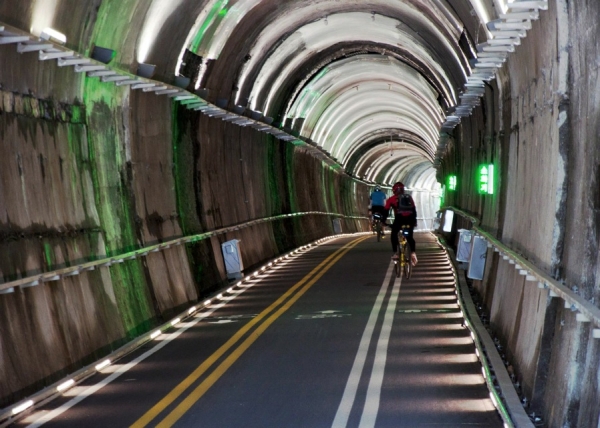
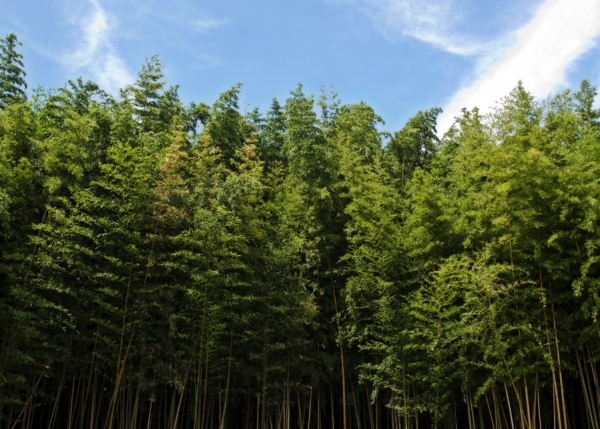
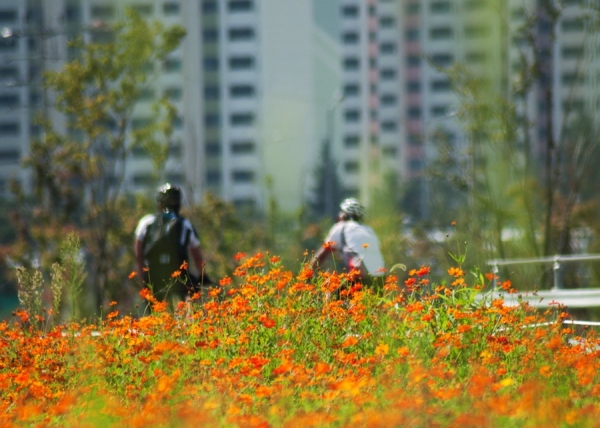

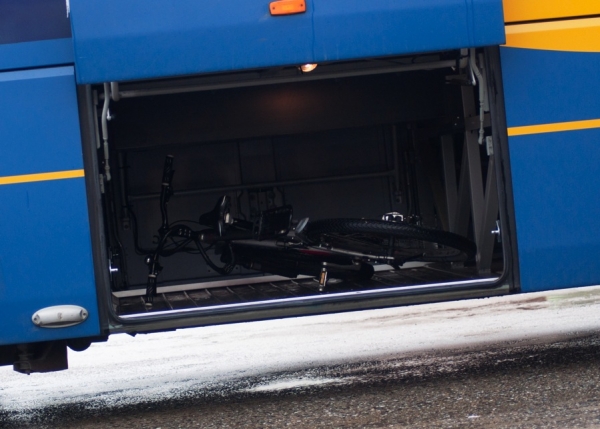
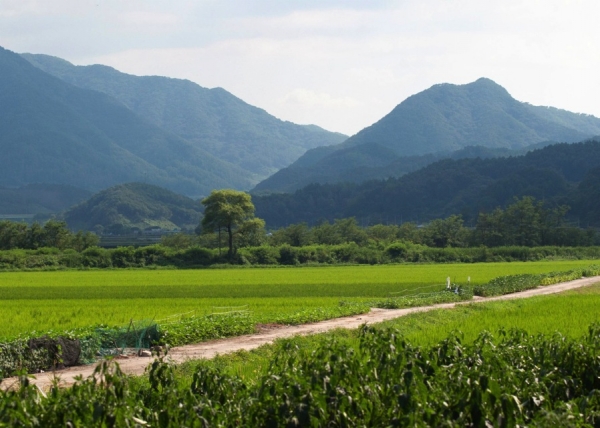
Be the first to comment on this post.